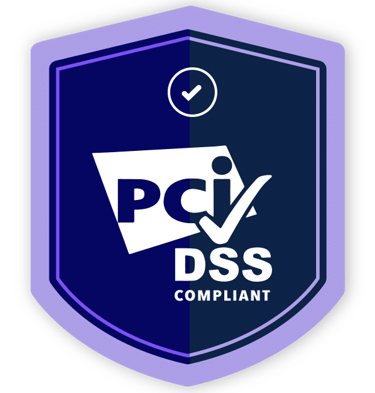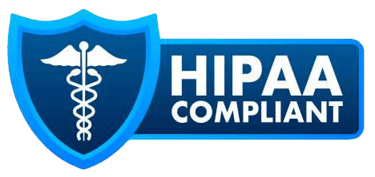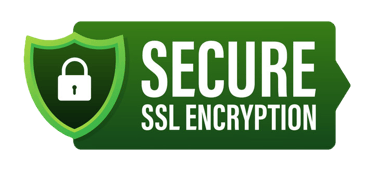Face-to-Face Compliance in Home Health: Your Guide to Getting It Right Every Time
Learn what the Medicare Face-to-Face (F2F) requirement means for home health agencies. Discover documentation tips, compliance pitfalls, and best practices to ensure timely, audit-proof billing and patient eligibility.


The Face-to-Face (F2F) encounter requirement is one of the most critical compliance elements for any Medicare-certified Home Health Agency (HHA). Since its implementation by the Centers for Medicare & Medicaid Services (CMS), this mandate continues to serve as a cornerstone in determining patient eligibility and ensuring accurate Medicare billing and reimbursement.
But what exactly does the F2F encounter entail, and why is it so vital for your agency’s compliance and operational integrity?
This article explores the essential components of the F2F requirement, key documentation standards, compliance pitfalls to avoid, and best practices that every HHA must implement.
What Is the Face-to-Face Encounter Requirement?
The F2F requirement mandates that a Medicare beneficiary must be seen by a physician (or allowed non-physician practitioner) either:
• Within 90 days before the start of home health services, or
• Within 30 days after the start of care.
This encounter must be related to the reason the patient requires home health services.
CMS established this rule under the Affordable Care Act (Section 6407) to prevent fraud and ensure patients truly need skilled home health care.
Who Can Perform the F2F Encounter?
According to 42 CFR § 424.22, the F2F encounter must be performed by:
• A Medicare-enrolled physician; or
• An allowed non-physician practitioner (NPP) such as a nurse practitioner (NP), physician assistant (PA), or clinical nurse specialist (CNS), but only if they are working in collaboration with or under the supervision of the certifying physician.
What Must Be Documented?
The F2F documentation must clearly reflect the clinical findings from the encounter that support:
1. The patient’s homebound status; and
2. The need for skilled services, such as skilled nursing, physical therapy, speech-language pathology, or continued occupational therapy.
Key documentation elements:
• Date of the encounter (must be within the required timeframe).
• Clinician’s signature and credentials.
• Narrative describing how the encounter supports the medical necessity of home health services. (Note: As of 2015, a detailed narrative is no longer required if the encounter notes themselves support eligibility.)
Tip: If the certifying physician did not perform the encounter personally, they must communicate directly with the clinician who did and incorporate their findings into the certification.
When Is the F2F Document Due?
For Medicare claims, the F2F documentation must be completed and signed before the HHA submits the final claim for the first 60-day episode of care. Failing to meet this requirement will result in a denial of payment by CMS.
Common Compliance Errors
Many agencies lose revenue or face audits due to avoidable documentation errors. Here are the most common:
• Using a physician who is not enrolled in Medicare.
• Encounter notes do not support the patient’s eligibility or lack clinical specificity.
• F2F not signed or dated properly.
• Encounter outside of allowed time frame.
• Relying on generic statements like “patient is homebound” without clear clinical correlation.
Consequences of Non-Compliance
The consequences of non-compliance with the F2F requirement are significant:
• Claim denials
• Post-payment audits or recoupments
• CMS sanctions or penalties
• Potential fraud investigations in extreme or repeated cases
Maintaining a compliant, audit-ready process is not optional — it’s essential for survival in today’s regulatory environment.
Best Practices for Home Health Agencies
To ensure full compliance and reduce risk exposure, HHAs should adopt the following:
Use standardized F2F templates for physicians with prompts for required information.
Train intake staff and clinical managers to review F2F documentation thoroughly before submitting claims.
Establish strong communication with referral sources about F2F timing and expectations.
Consider using EMR-integrated solutions that alert when F2F requirements are missing or outdated.
Conduct regular internal audits to catch issues early and correct before claims submission.
Final Thoughts
The Face-to-Face encounter requirement is more than a bureaucratic hurdle—it’s a legal and clinical necessity that upholds the integrity of home health care delivery. Every Medicare-certified HHA must treat F2F compliance as a top priority to protect revenue, maintain good standing, and ensure high-quality patient outcomes.
By understanding the rules, training staff, and implementing efficient systems, agencies can meet CMS expectations and deliver compliant, compassionate care.







